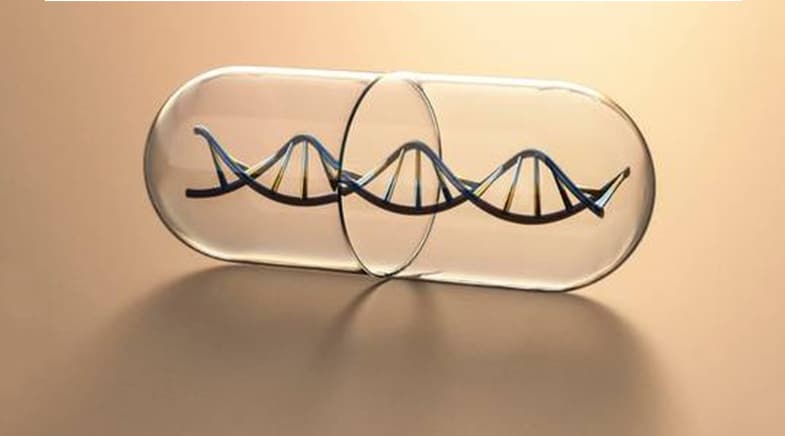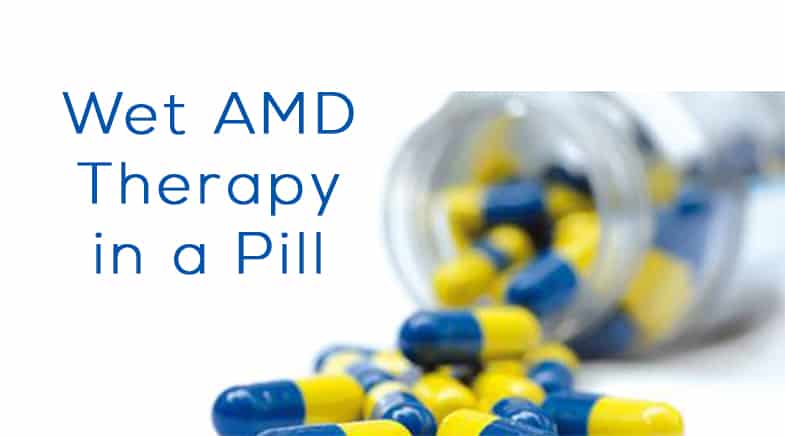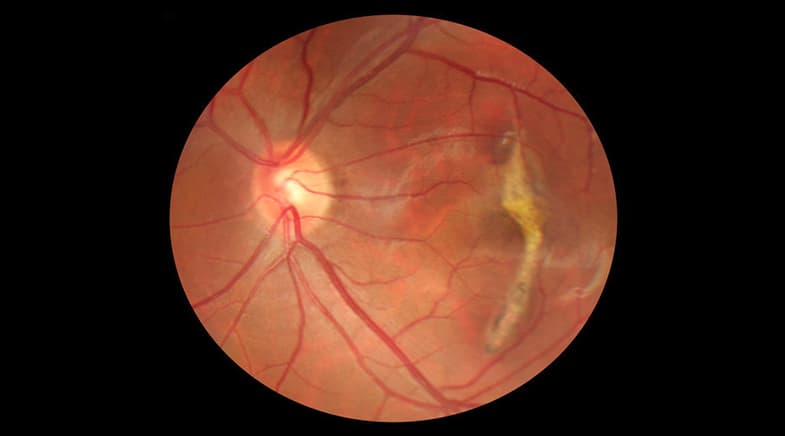Stem Cell Injection May Reverse AMD Vision Loss
An injection of stem cells into the eye may soon slow or reverse the effects of early-stage age-related macular degeneration, according to new research from scientists at Cedars-Sinai Medical Center, in Los Angeles. Currently, there is no treatment that slows the progression of the disease, which is the leading cause of vision loss in people over 65.
“This is the first study to show preservation of vision after a single injection of adult-derived human cells into a rat model with age-related macular degeneration,” said Shaomei Wang, MD, PhD, lead author of the study published in the journal STEM CELLS and a research scientist in the Eye Program at the Cedars-Sinai Board of Governors Regenerative Medicine Institute.
The stem cell injection resulted in 130 days of preserved vision in laboratory rats, which roughly equates to 16 years in humans.
When animal models with macular degeneration were injected with induced neural progenitor stem cells, which derive from the more commonly known induced pluripotent stem cells, healthy cells began to migrate around the retina and formed a protective layer. This protective layer prevented ongoing degeneration of the vital retinal cells responsible for vision.
Cedars-Sinai researchers in the Induced Pluripotent Stem Cell (iPSC) Core, directed by Dhruv Sareen, PhD, with support from the David and Janet Polak Foundation Stem Cell Core Laboratory, first converted adult human skin cells into powerful induced pluripotent stem cells (iPSC), which can be expanded indefinitely and then made into any cell of the human body. In this study, these induced pluripotent stem cells were then directed toward a neural progenitor cell fate, known as induced neural progenitor stem cells, or iNPCs.
“These induced neural progenitor stem cells are a novel source of adult-derived cells which should have powerful effects on slowing down vision loss associated with macular degeneration,” said Clive Svendsen, PhD, director of the Board of Governors Regenerative Medicine Institute and contributing author to the study. “Though additional pre-clinical data is needed, our institute is close to a time when we can offer adult stem cells as a promising source for personalized therapies for this and other human diseases.
”Next steps include testing the efficacy and safety of the stem cell injection in preclinical animal studies to provide information for applying for an investigational new drug. From there, clinical trials will be designed to test potential benefit in patients with later-stage AMD.
Priority Review for Shire’s Lifitegrast
The FDA accepted the New Drug Application and granted a Priority Review designation for Shire’s lifitegrast, an investigational treatment for dry-eye disease. The FDA is expected to provide a decision on October 25, 2015.
The FDA grants such designation to drugs that have the potential to provide significant improvements in the safety or effectiveness for the treatment, diagnosis or prevention of a serious disease. Drugs with Priority Review designation have an accelerated review target of eight months, instead of the standard of 12 months.
The NDA filing is supported by evidence from four clinical trials with more than 1,800 patients.
Source/Review of Ophthalmology





















